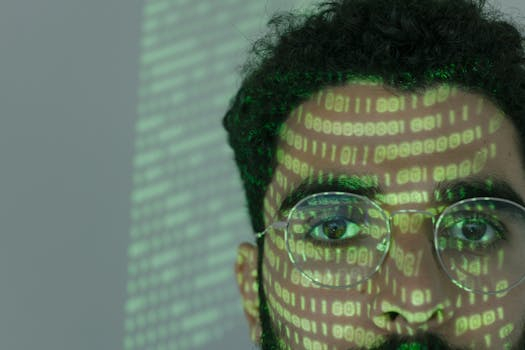Data Privacy in Schools: Safeguarding Students in the Digital Age
In today’s digital age, technology has become an integral part of our daily lives. From online learning platforms to virtual classrooms, technology has revolutionized the way students learn and interact with their peers and teachers. However, with the increase in the use of technology in schools, there is also a growing concern for the privacy and security of student data. It is crucial for schools to have strong data privacy measures in place to safeguard their students’ personal information. In this article, we will explore the importance of data privacy in schools and how educational institutions can protect their students in the digital age.
The Need for Data Privacy in Schools
The use of technology in schools has brought numerous benefits, such as improved learning experiences and access to a vast array of educational resources. However, with the collection and storing of student data, there is also a risk of sensitive information falling into the wrong hands. The personal information of students, such as their names, addresses, and academic records, can be vulnerable to cyber threats if the necessary security protocols are not in place.
Moreover, schools have a legal and ethical responsibility to protect their students’ data. With the implementation of laws like the General Data Protection Regulation (GDPR) and the Children’s Online Privacy Protection Act (COPPA), schools are required to safeguard the data of their students and ensure that it is not misused or shared without their consent.
The Risks to Student Data in the Digital Age
There are various risks to student data in the digital age, and it is essential for schools to be aware of them. One of the most significant threats to data privacy is cyberattacks. Hackers can target schools and gain access to sensitive student information, which can then be misused for identity theft or other illegal activities.
Besides external threats, there is also a risk of internal breaches. School staff, including teachers and administrators, may have access to student data, and they must be trained to handle it responsibly and protect it from unauthorized access. Additionally, students themselves can also pose a risk by sharing their personal information online, unaware of the potential consequences.
Safeguarding Student Data in Schools
Implement Strong Security Measures
The first step to safeguarding student data is to have strong security measures in place. This includes using secure servers to store data, encrypting sensitive information, and implementing firewalls and antivirus software to prevent cyberattacks. Schools must also regularly update their systems and software to stay one step ahead of potential threats.
Train Staff and Students
It is crucial for schools to train their staff and students about data privacy and the risks associated with sharing personal information online. Teachers and administrators must be aware of the school’s data privacy policies and procedures and ensure that they are followed. Students must also be educated on safe online practices, such as not sharing personal information with strangers and being cautious when using social media.
Obtain Consent for Data Sharing
Schools must obtain consent from students and their parents or guardians before sharing any personal information. This includes data sharing with third-party providers, such as educational software or online learning platforms. Schools must also have clear policies in place regarding data sharing and ensure that they comply with relevant laws and regulations.
Regularly Audit Data Handling Processes
To ensure that student data is being handled securely, schools must conduct regular audits of their data handling processes. This includes reviewing and updating data privacy policies, conducting risk assessments, and monitoring access to student data. Any vulnerabilities or weaknesses in the system must be identified and addressed promptly.
Conclusion
The advancement of technology has undoubtedly transformed the education sector and opened up new opportunities for students. However, it is crucial to remember that with these innovations come risks to student privacy. Schools must take proactive measures to protect their students’ data and ensure that it is not compromised in any way. By implementing strong security measures, educating staff and students, obtaining consent for data sharing, and conducting regular audits, schools can safeguard their students’ data in the digital age.








